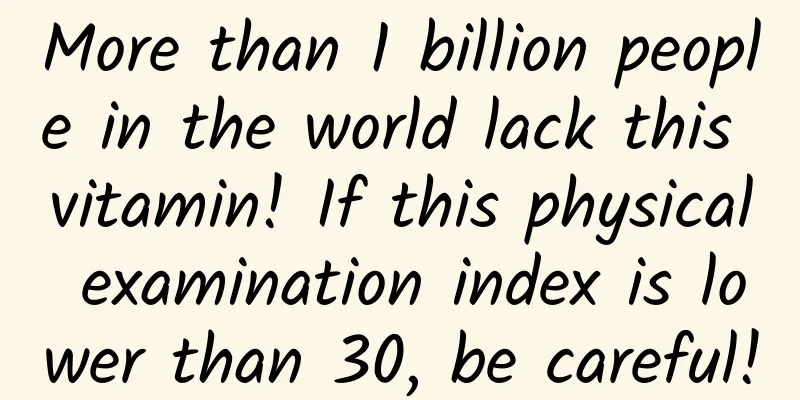How to read the early pregnancy test paper

|
Early pregnancy test strips are a relatively convenient means of preliminary screening to test whether you are pregnant. Using early pregnancy test strips is also relatively convenient and can be quickly detected. For example, when a horizontal bar appears, it means that the test paper is negative, indicating that the woman is not pregnant. If two bars appear at the same time, the display is positive, which means that the woman is pregnant. Of course, this is the initial screening and you need to go to the hospital for another diagnosis. 1. Use a disposable urine cup or clean container to collect urine. 2. Tear open the aluminum foil bag along the cut and take out the test paper for testing. 3. Strip type: Dip the end of the test paper with the arrow mark into the container containing the urine sample to be tested (The urine sample is not allowed to exceed the MAX line), take it out and lay it flat after about 3 seconds. (As shown in the picture) Card type: Use a pipette to draw 0.2mL (3-4 drops) of the urine sample to be tested into the sample addition area. Pen type: Remove the cap and let the urine pour directly onto the sample area while urinating, and maintain the urine receiving time for 3 seconds (Please note: Do not let the urine exceed the arrow to prevent the urine from wetting the test area and affecting the test results). 4. Observe the test results in the test area: observe the test results within 5-10 minutes. Color development within 40 seconds is strongly positive. Positive: Color bands appear on both the upper and lower ends of the test strip, indicating pregnancy. Negative: Only a purple-red band appears on the upper end of the test strip and no band appears on the lower end, indicating that you are not pregnant. Invalid: No ribbon appears. This indicates that the test strip has expired. Early pregnancy test paper 1. Negative: A purple-red line (control line C) appears in the test area, indicating no pregnancy. 2. Positive: Two purple-red lines appear in the test area (control line C and test line T), indicating pregnancy. The color intensity of the test line at different stages of pregnancy changes with the change of HCG concentration. 3. Invalid: No purple-red line appears in the test area or only one purple-red line (test line T line) appears in the test area, indicating that the test failed or the test paper is invalid and should be retested. |
<<: How often should you check your pregnancy?
>>: How many days does the early pregnancy test paper detect?
Recommend
Why do dentists prefer metronidazole when treating swollen and painful gums? What should you pay attention to when using it?
A friend of Huazi had swollen and painful gums. H...
What is BV positive?
Some women went to the hospital to check their se...
How to deal with vaginal bleeding?
Generally, women are shy when they encounter vagi...
How much does a Heytea tofu pudding bun cost? Is the Heytea tofu pudding bun delicious? How does it taste?
We all know that Heytea is a popular milk tea sho...
What anti-inflammatory medicine should I take for vaginal pimples?
The vagina is very important for women. It is a n...
Reasons for abdominal pain in pregnant women during the fifth month
Pregnant women experience abdominal pain at 5 mon...
What should you pay attention to after Bartholin's gland cyst surgery?
Bartholin gland cyst is a vulvar inflammation oft...
Woman suffers from snow blindness after using UV lamp to disinfect at home. What scenarios pose a threat?
China Science and Technology News Network, Januar...
How to delay menstruation
Every woman has a lot of blood discharged from th...
How can women better maintain their health and delay aging?
Most people nowadays can no longer tell their spe...
What is the difference between niacinamide and niacin? Can fruit acid and niacinamide be used together?
Nicotinamide, also known as nicotinamide, is an a...
What are the causes of cervical erosion?
As a gynecological disease, the incidence of cerv...
More and more people are dying suddenly! Reminder: Don’t ignore the body’s 5 distress signals before sudden death
Sudden death, this terrifying word, seems to appe...
Can I have abortion at 70 days of pregnancy?
When the pregnancy is about seventy days, the fet...
[Medical Q&A] Is the “cocktail” used in knee replacement surgery alcohol?
Planner: Chinese Medical Association Reviewer: Ha...


![[Medical Q&A] How can you get "tennis elbow" if you don't play tennis?](/upload/images/67f0fe0f96be2.webp)






